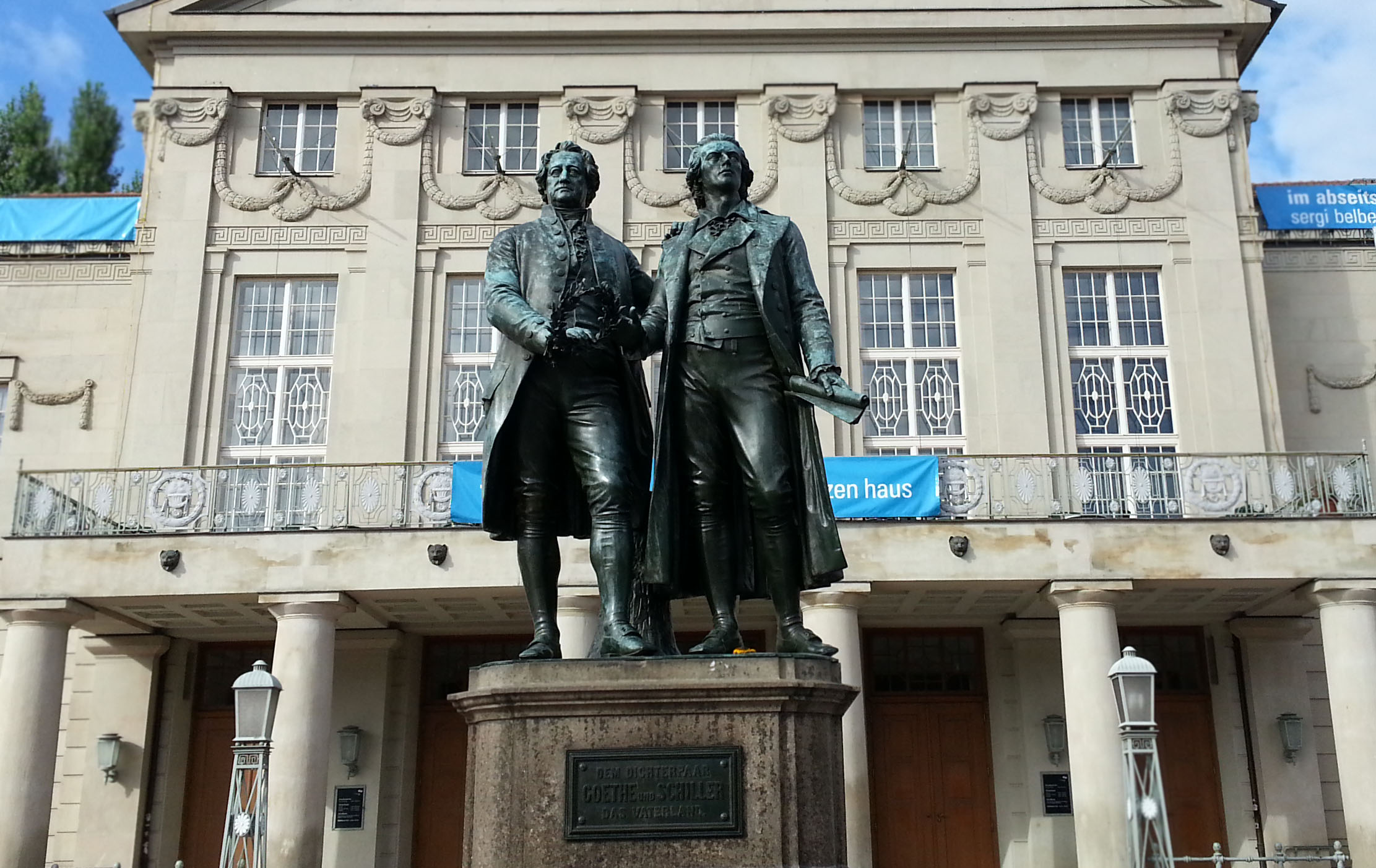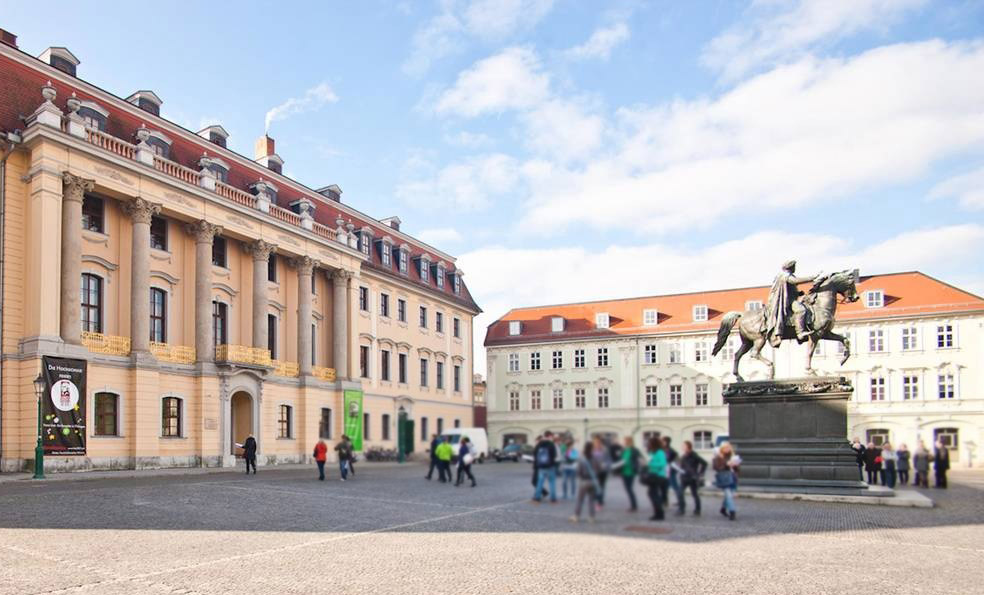Deutsches Nationaltheater Goethe & Schiller Denkmal Weimar
Audio Guide Deutsches Nationaltheater Goethe & Schiller Denkmal
The Deutsche Nationaltheater is a German theatre and music organisation that consists of a theatre and symphony orchestra. They have six stages throughout the city.
The German National Theatre in Weimar was founded in 1779 and is one of the oldest theatres in Germany. During its more than 200-year history, it has been home to many famous actors, directors and writers. In 1945, the theatre was destroyed during World War II, but was rebuilt in 1946. Today it continues to present a wide range of works, from classical to contemporary.
The Goethe and Schiller Monument is a bronze double statue of the writers Johann Wolfgang von Goethe and Friedrich Schiller, who were long-time residents of Weimar. The monument was unveiled on 1 September 1857 in front of the German National Theatre to commemorate the centenary of Carl Augustus of Saxe-Weimar-Eisenach.
The monument is a symbol of German classical literature and culture, as well as the friendship between the two great poets. The statue was created by sculptor Ernst Rietschel, who is also known for his work in Dresden and Leipzig. The statue depicts Goethe and Schiller full-length, standing next to each other and holding hands. The pedestal is engraved with the writers' names and the inscription "Bundesverband Genius" (Supreme Genius of the Nation). The monument was damaged several times during the wars, but has always been restored.
Other sights
-
Albert Schweitzer Denkmal
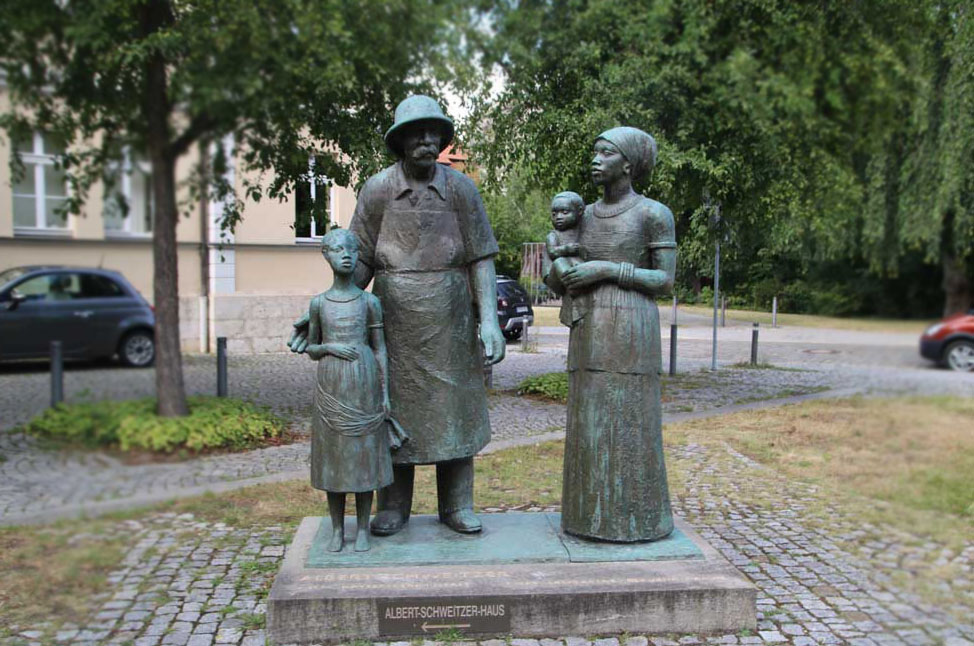
-
Altenburg (Franz Liszt)

-
Atrium & ehemaliges Gauforum
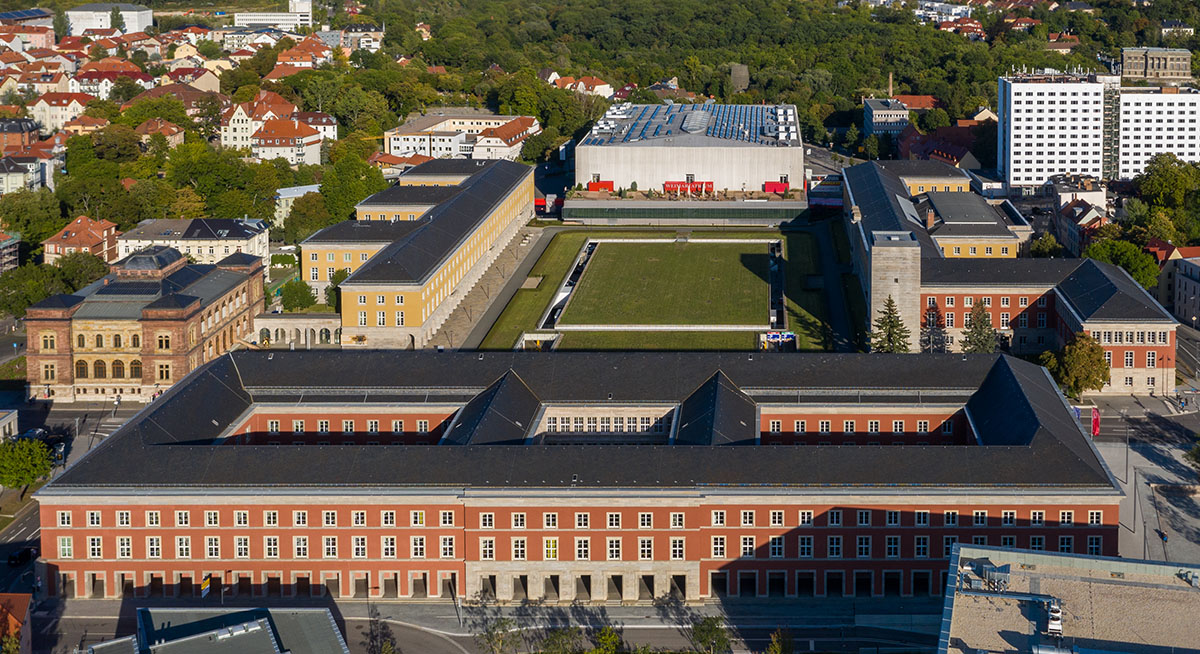
-
Bauhaus Universität (Henry van de Velde)
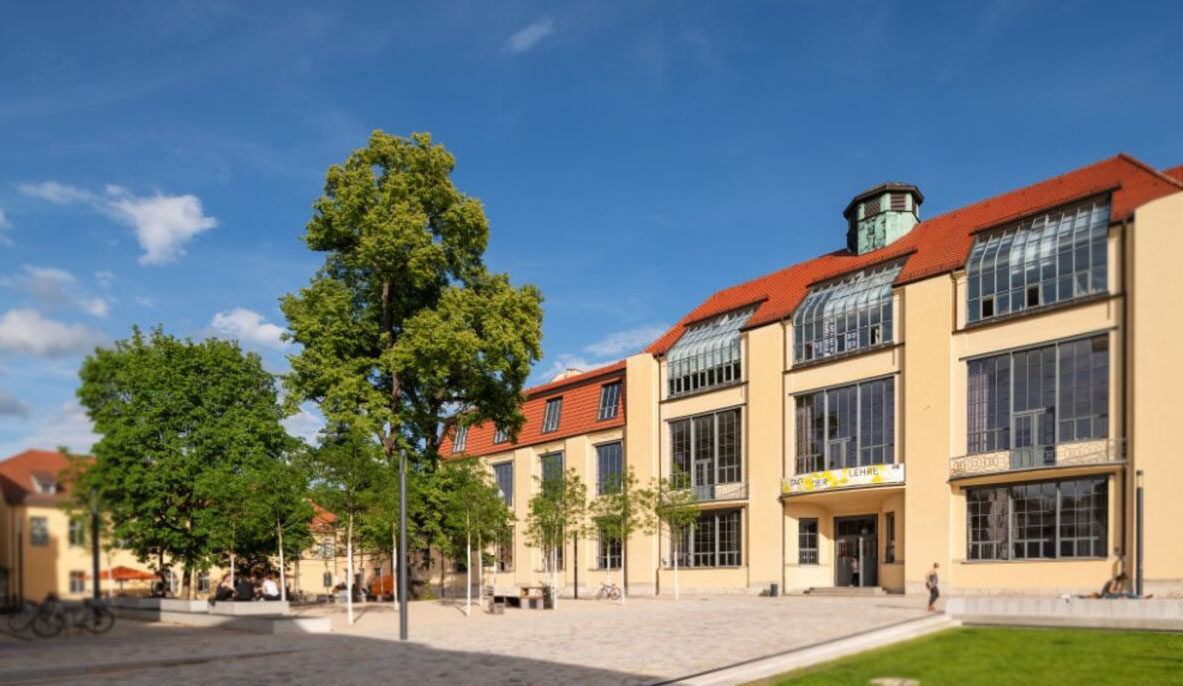
-
Bauhaus: Haus am Horn
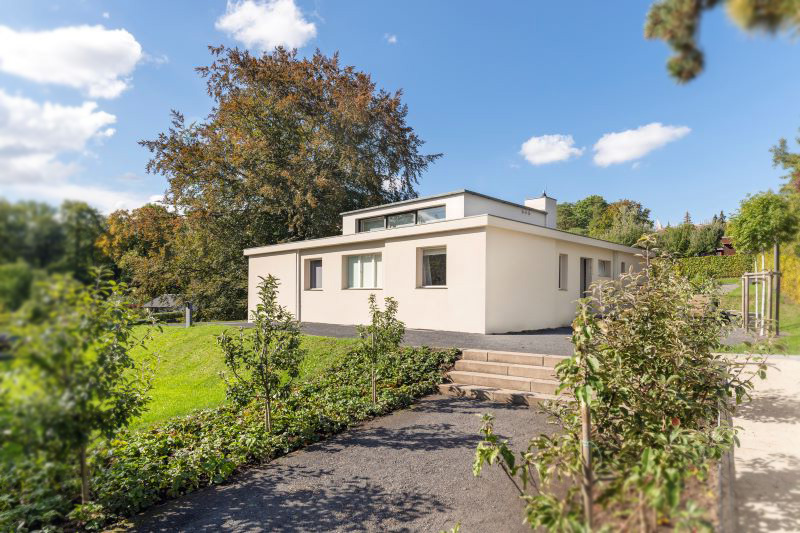
-
Carl Heinrich Ferdinand Streichhan-Kaserne
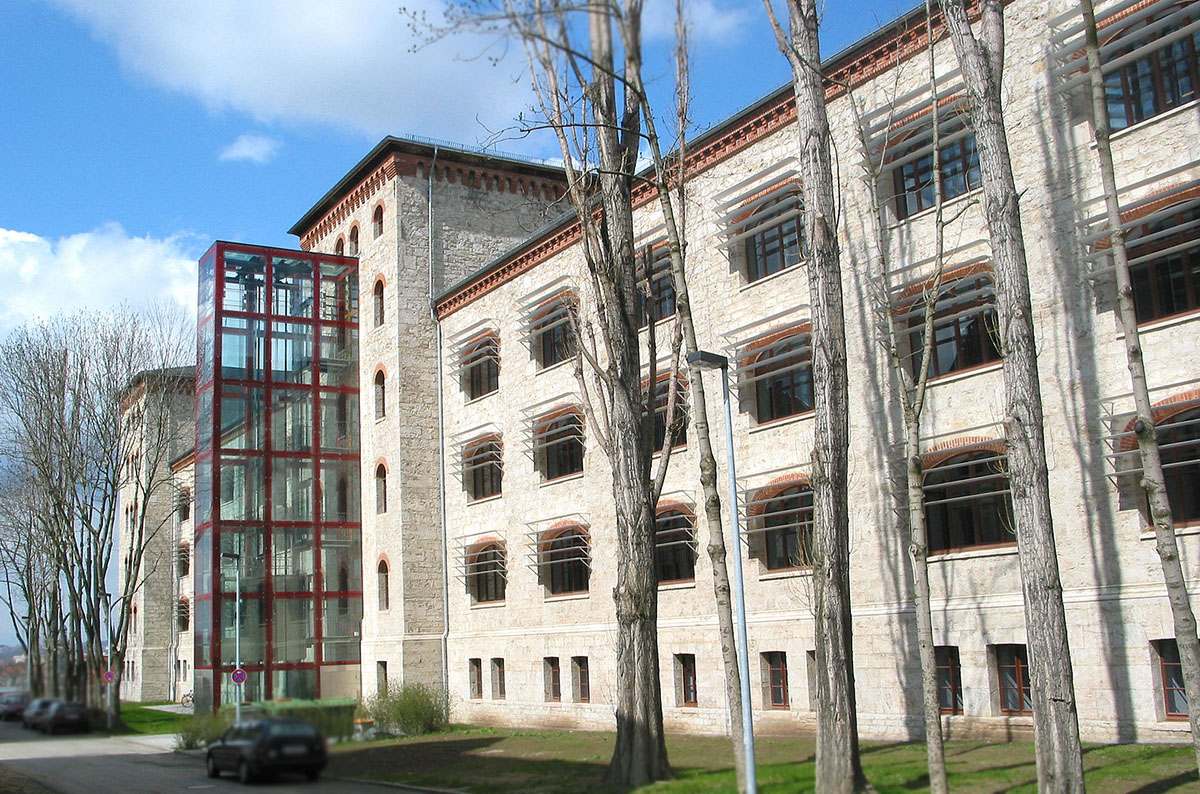
-
Cranachhaus
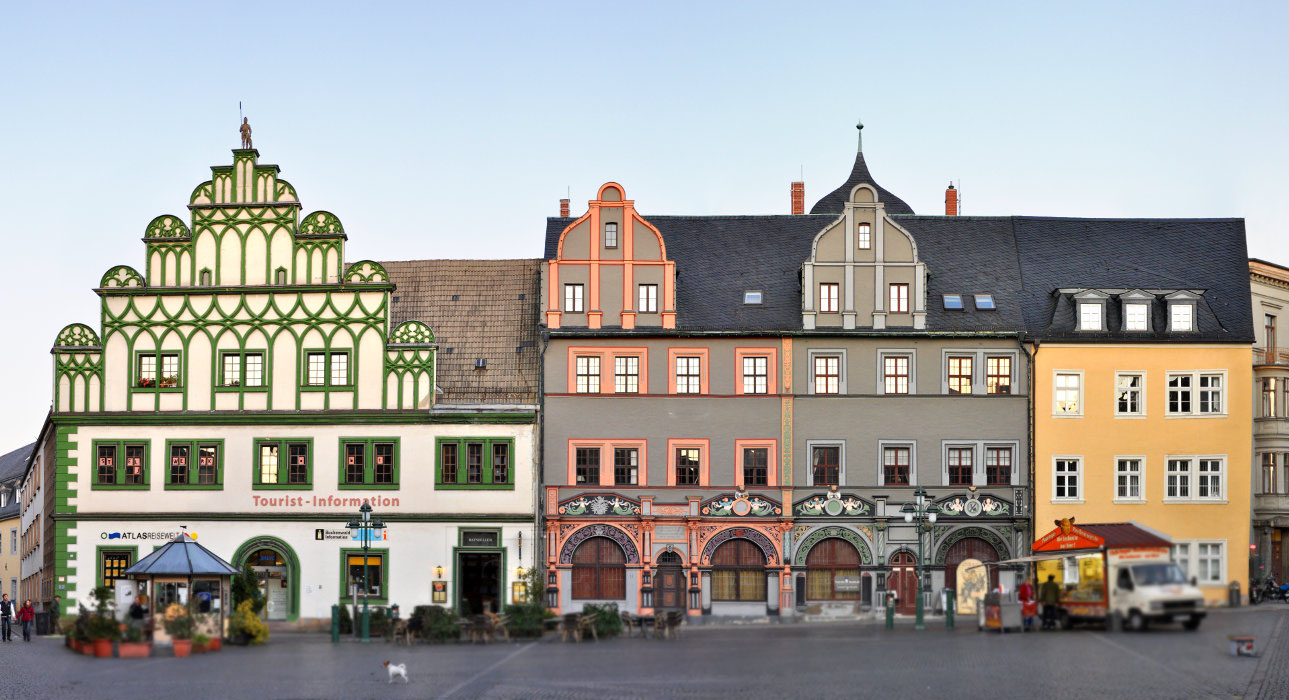
-
Denkmal Nepomuk Hummel
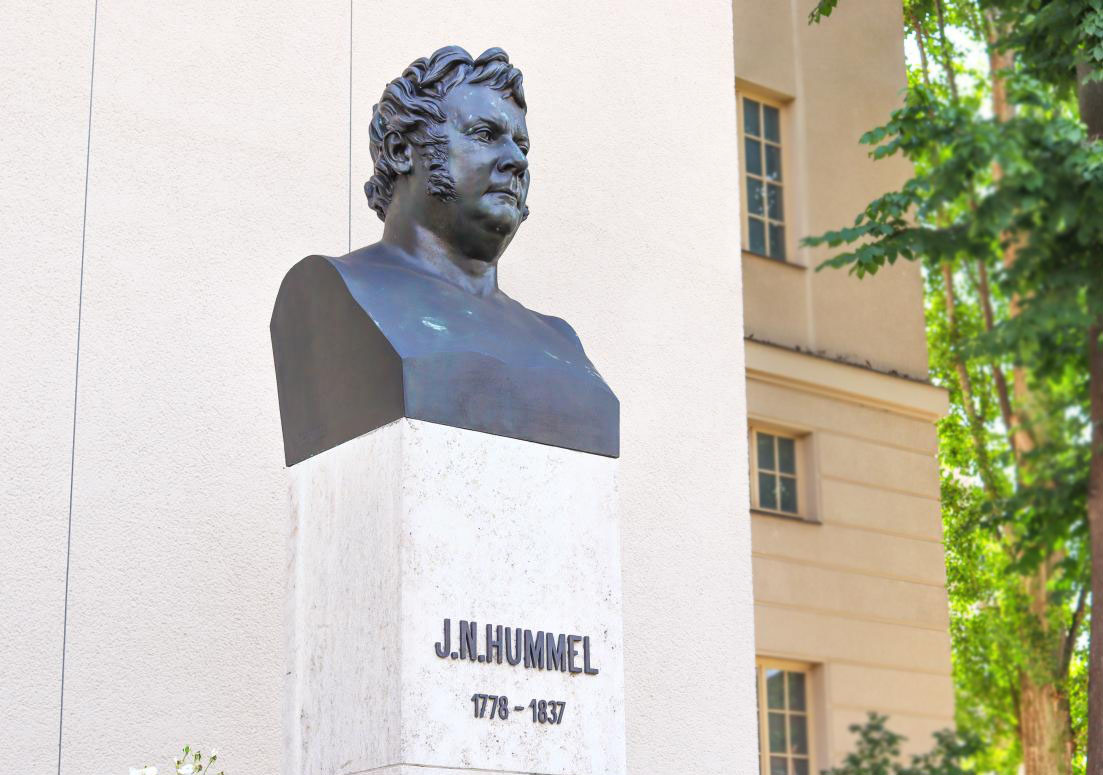
-
Denkmal Nepomuk Hummel und katholische Kirche
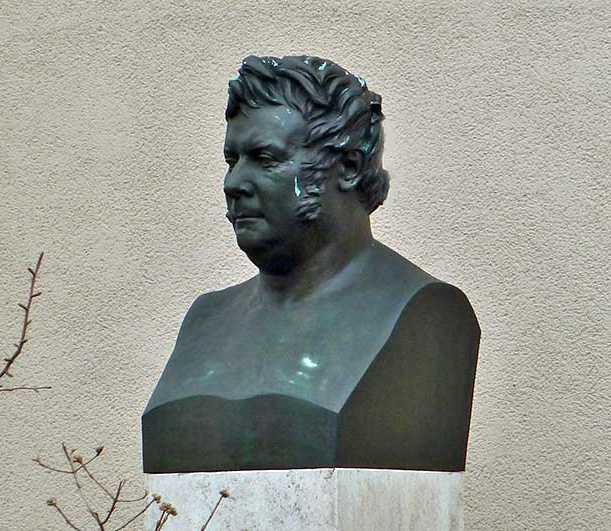
-
Ginkgobaum
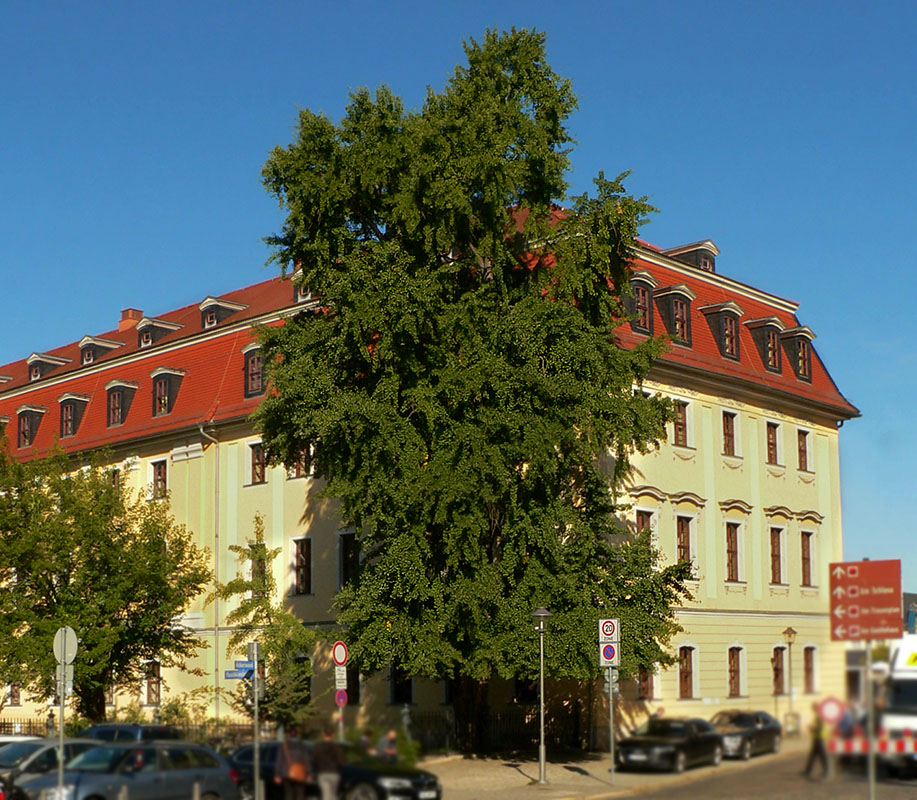
-
Goethe- & Schillerarchiv
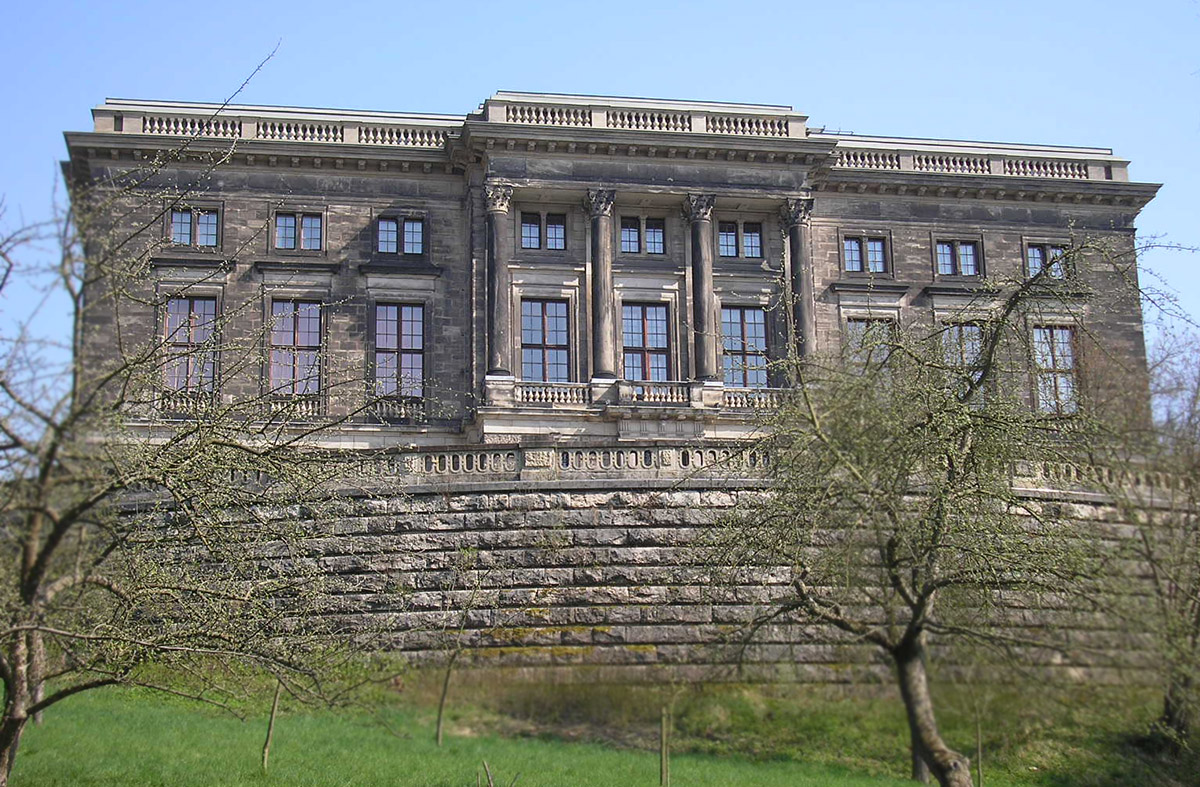
-
Goetheplatz mit Kasseturm & Stadtmauer

-
Goethes Wohnhaus
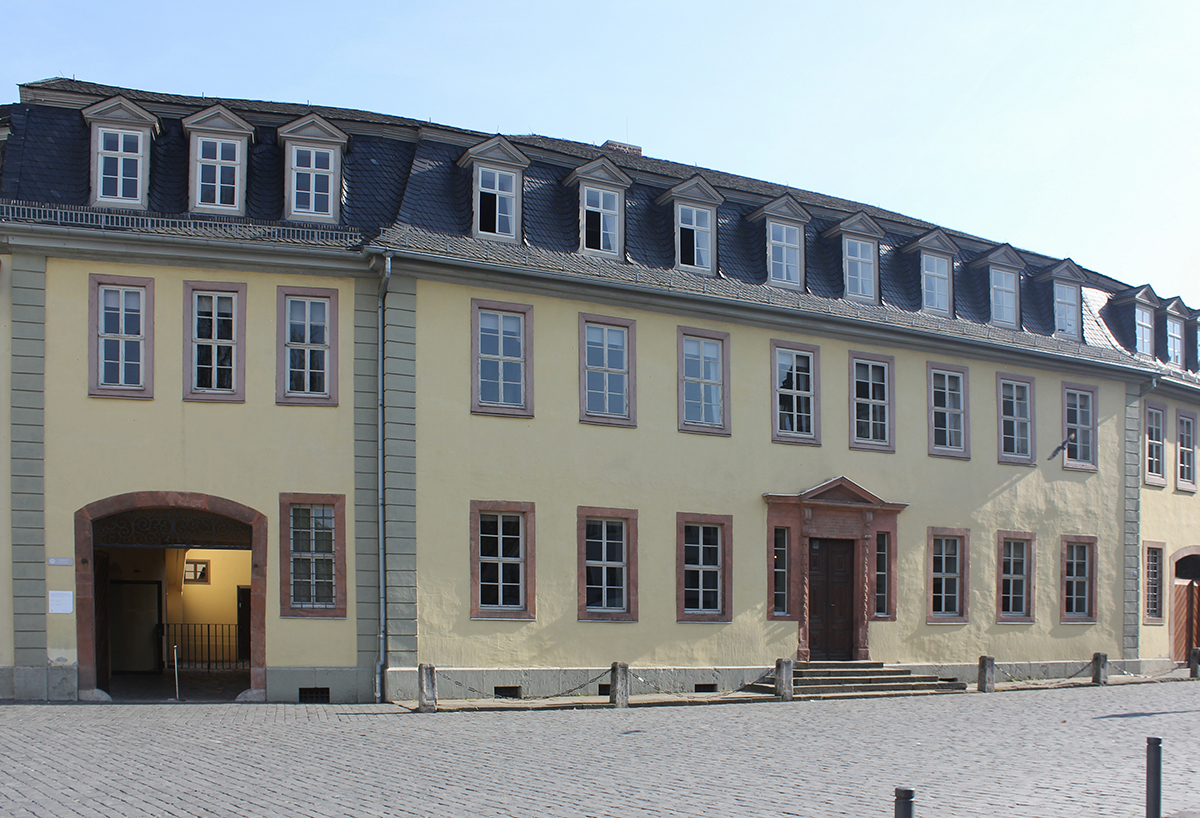
-
Haus am Horn
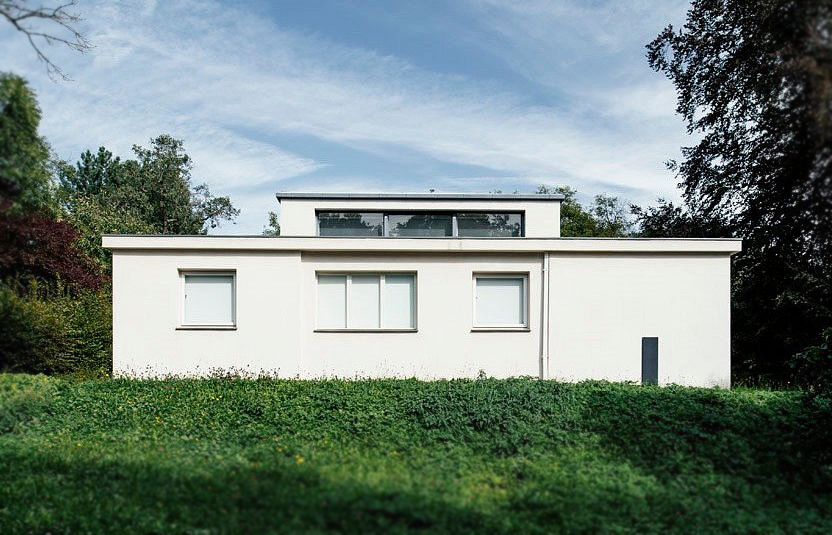
-
Haus der Charlotte von Stein
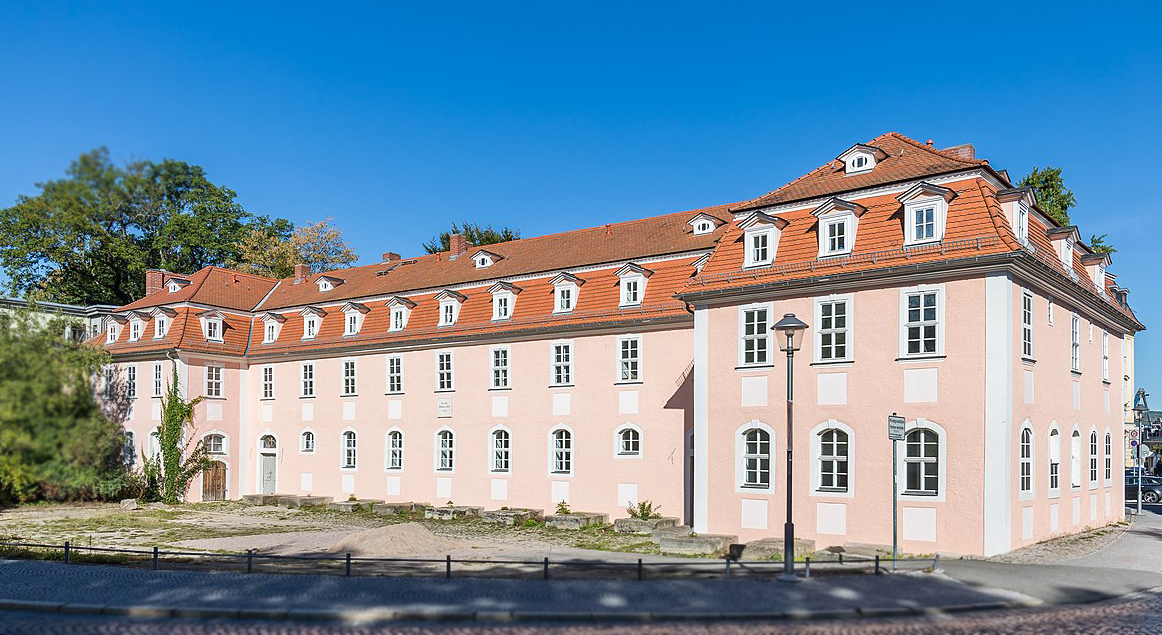
-
Herderplatz & Kirche St. Peter und Paul
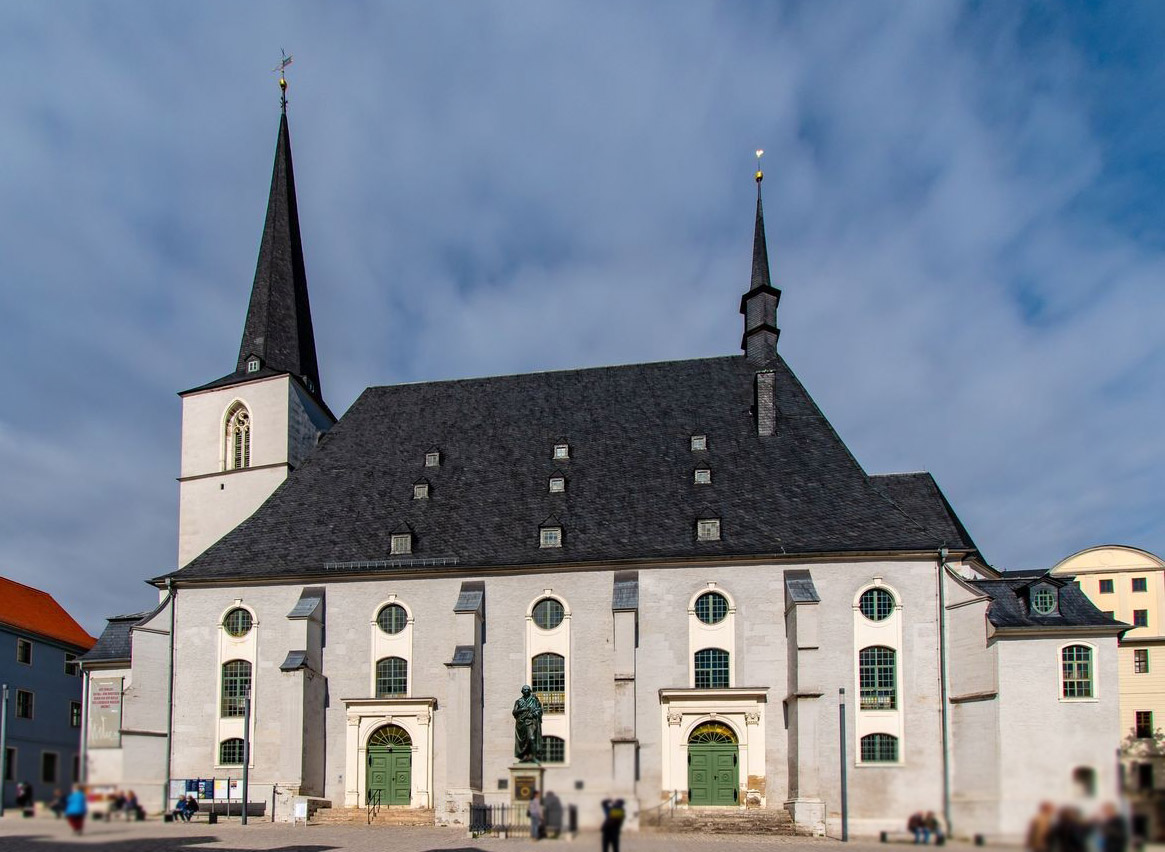
-
Herzogin Anna-Amalia-Bibliothek
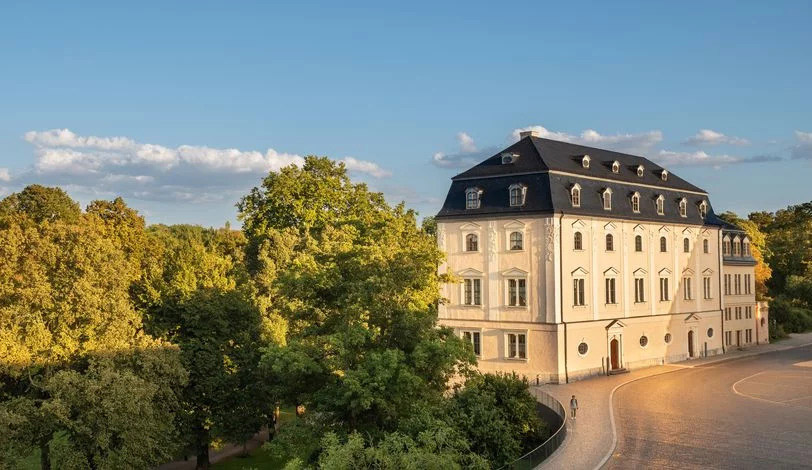
-
Historischer Friedhof
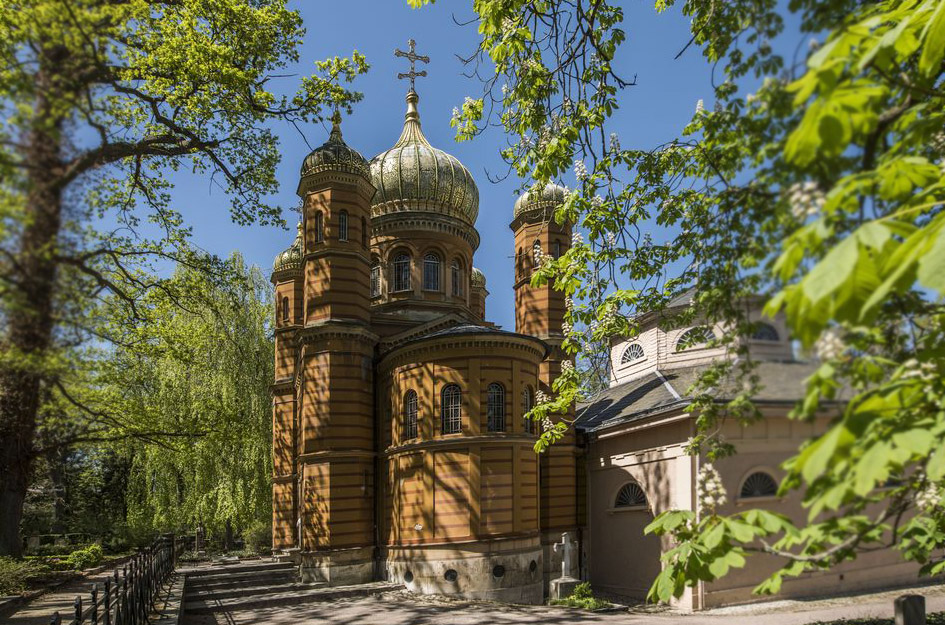
-
Hochschule für Musik Franz Liszt (Fürstenhaus)
-
J. G. Herder, Kirche St. Peter und Paul
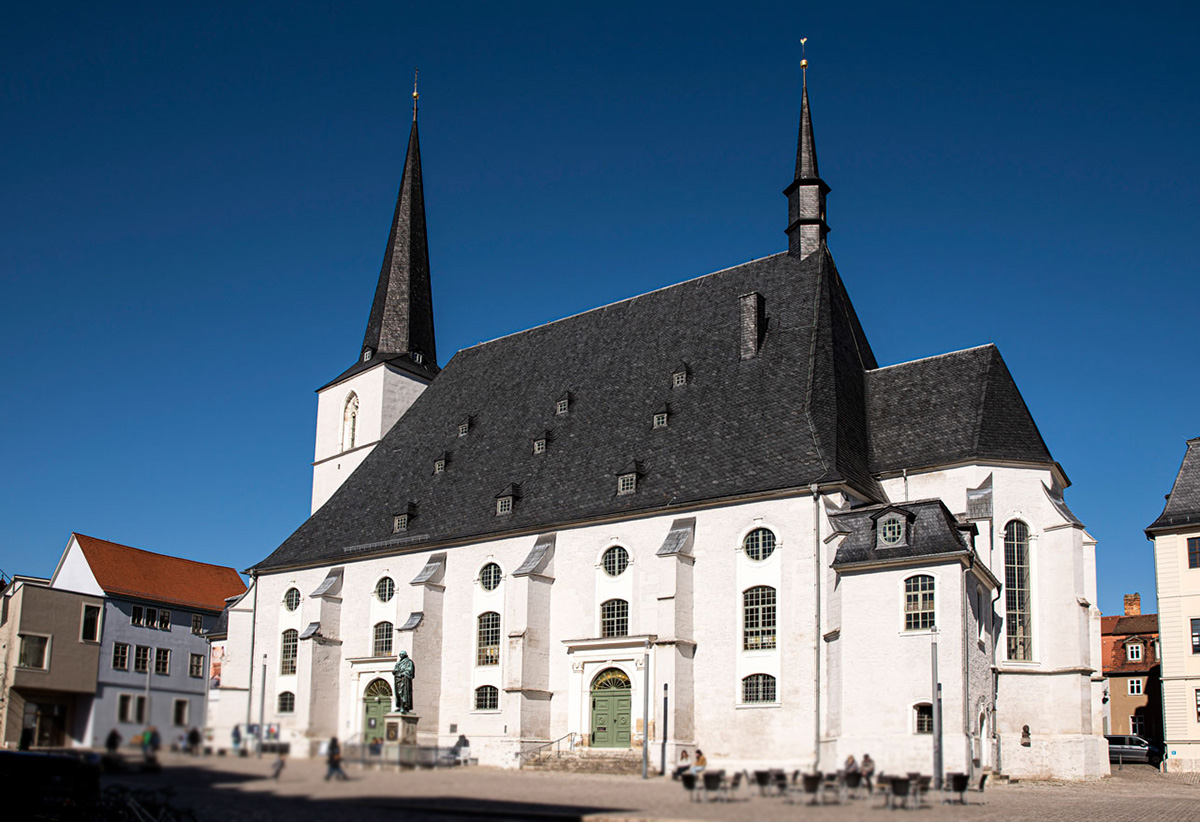
-
J. S. Bach in Weimar & Bachtafel
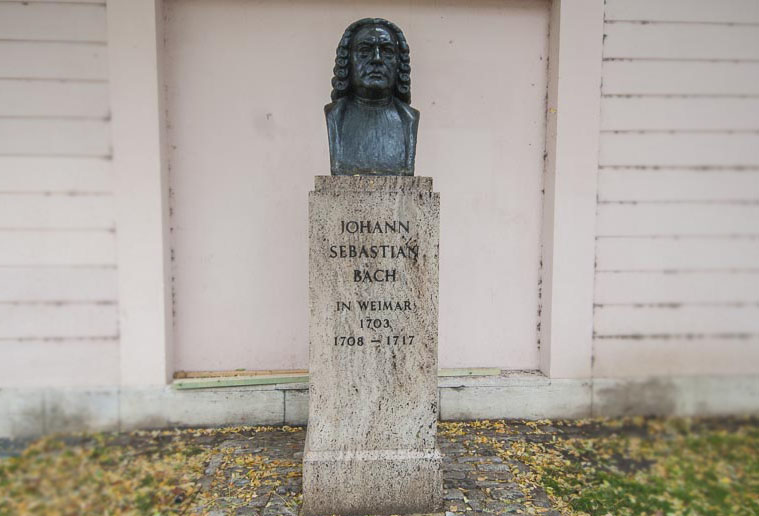
-
Katholische Kirche
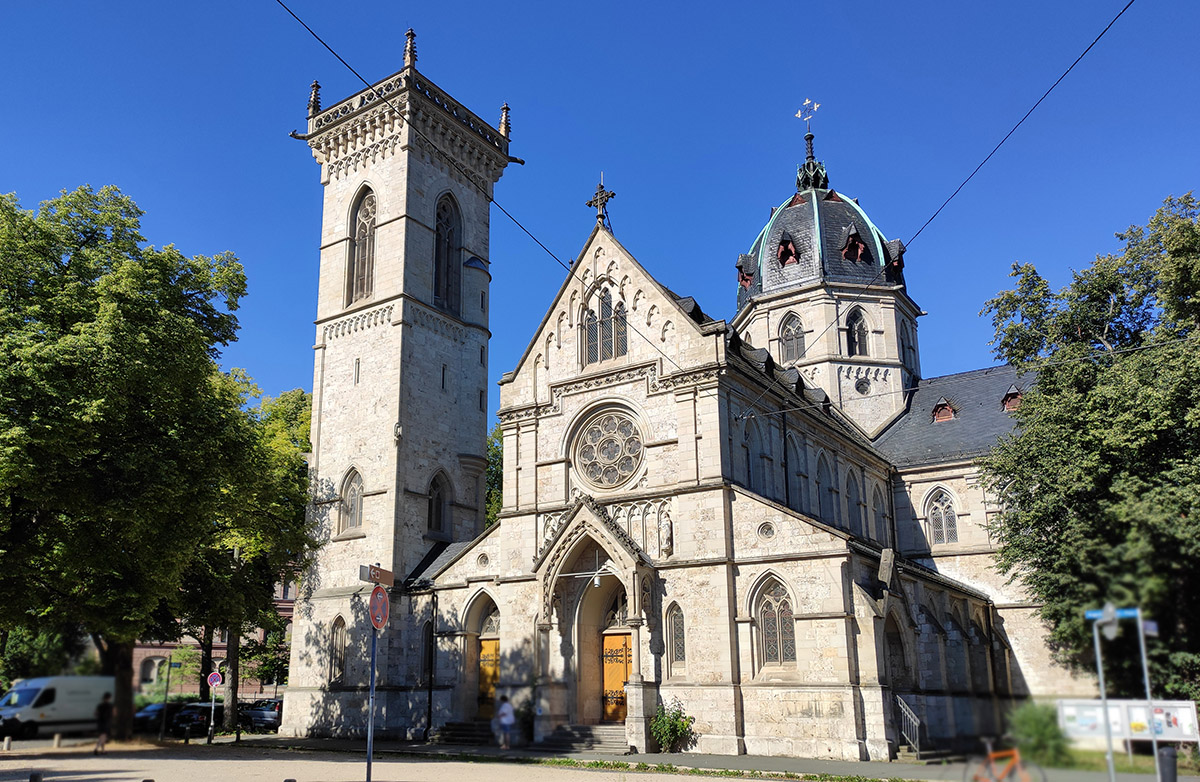
-
Landesmuseum
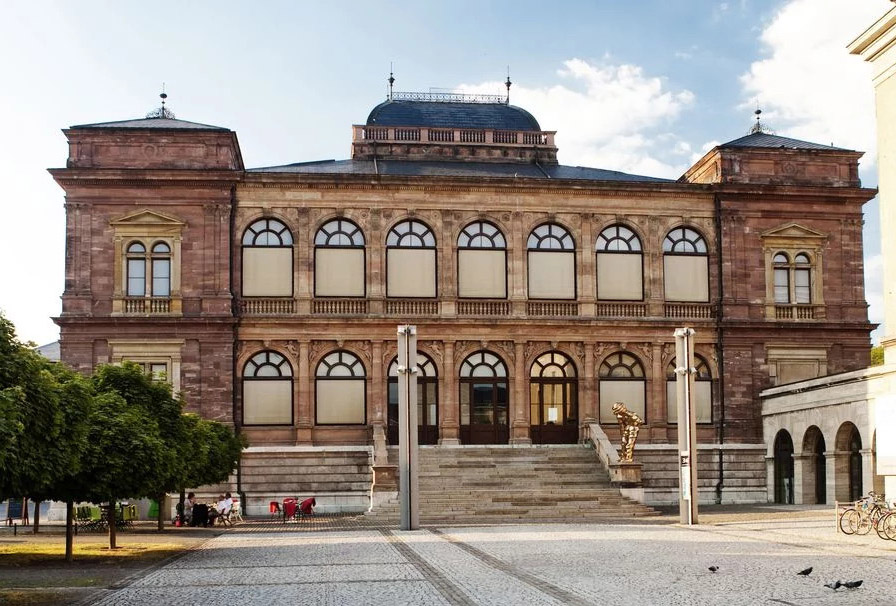
-
Liszthaus & Liszt in Weimar
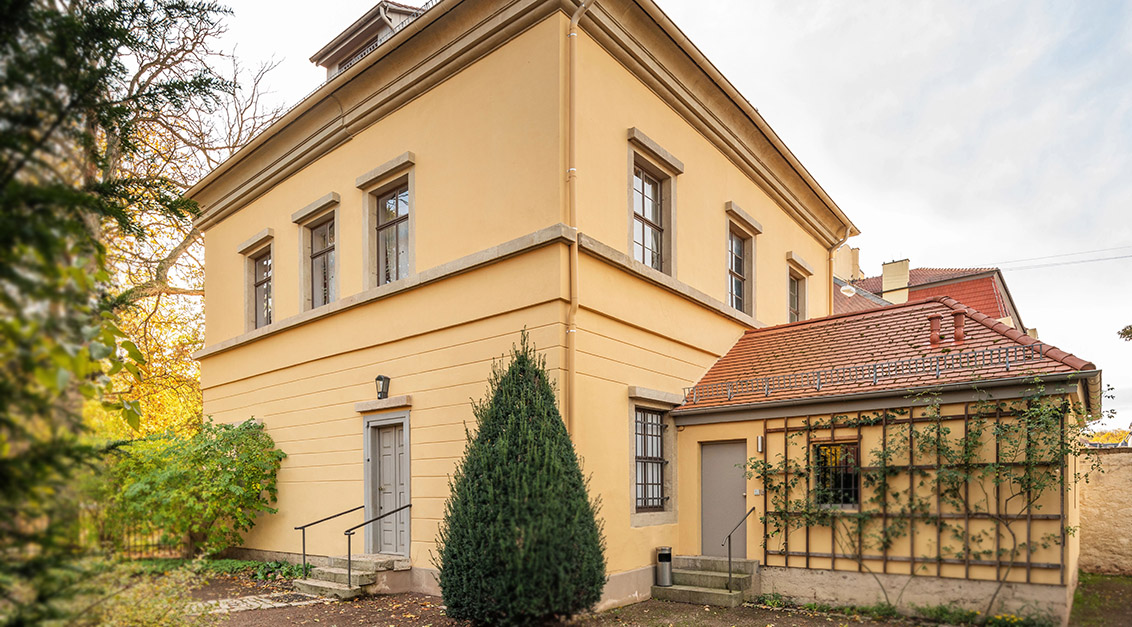
-
Markt
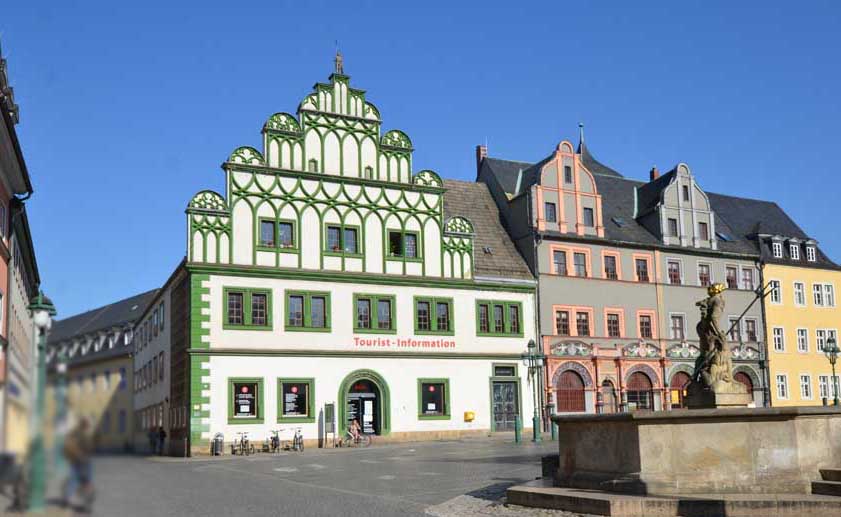
-
Marktplatz, J. S. Bach

-
Marktplatz, Rathaus, Cranachhaus
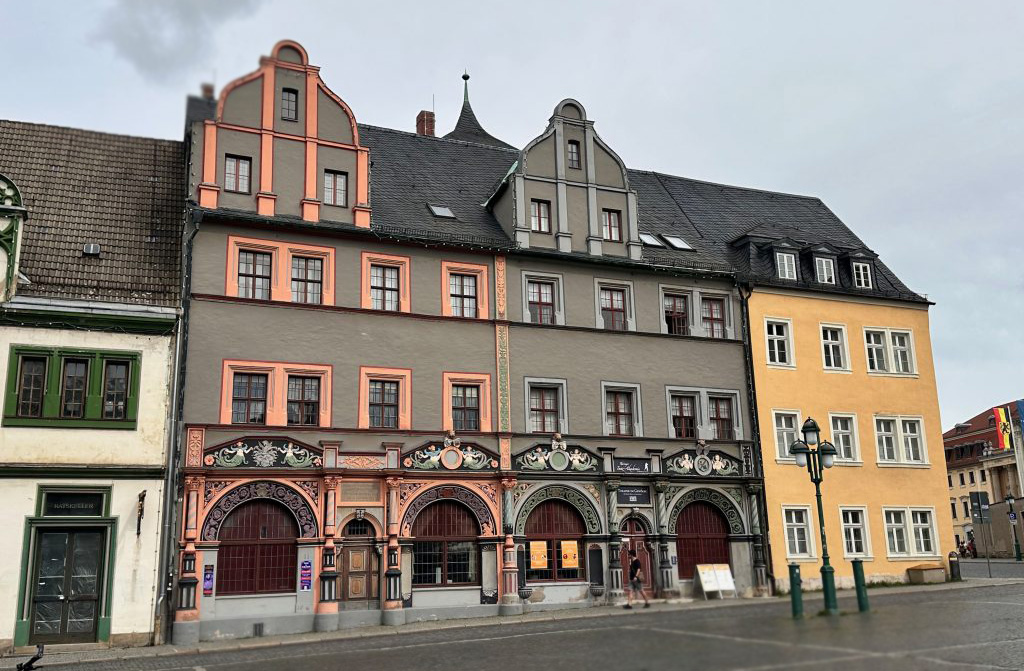
-
Marstall
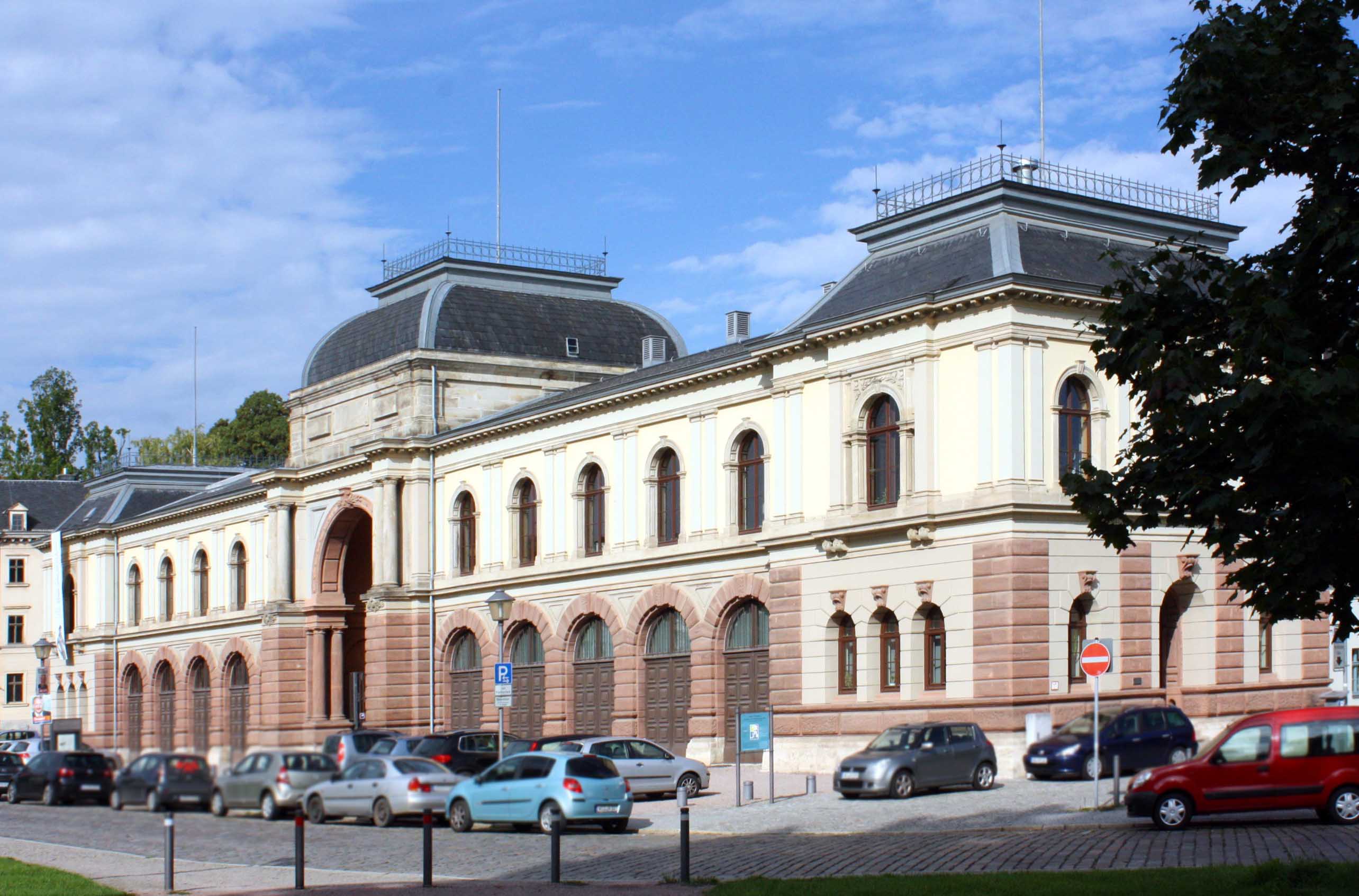
-
Modernes Weimar: Neues Bauen am Horn
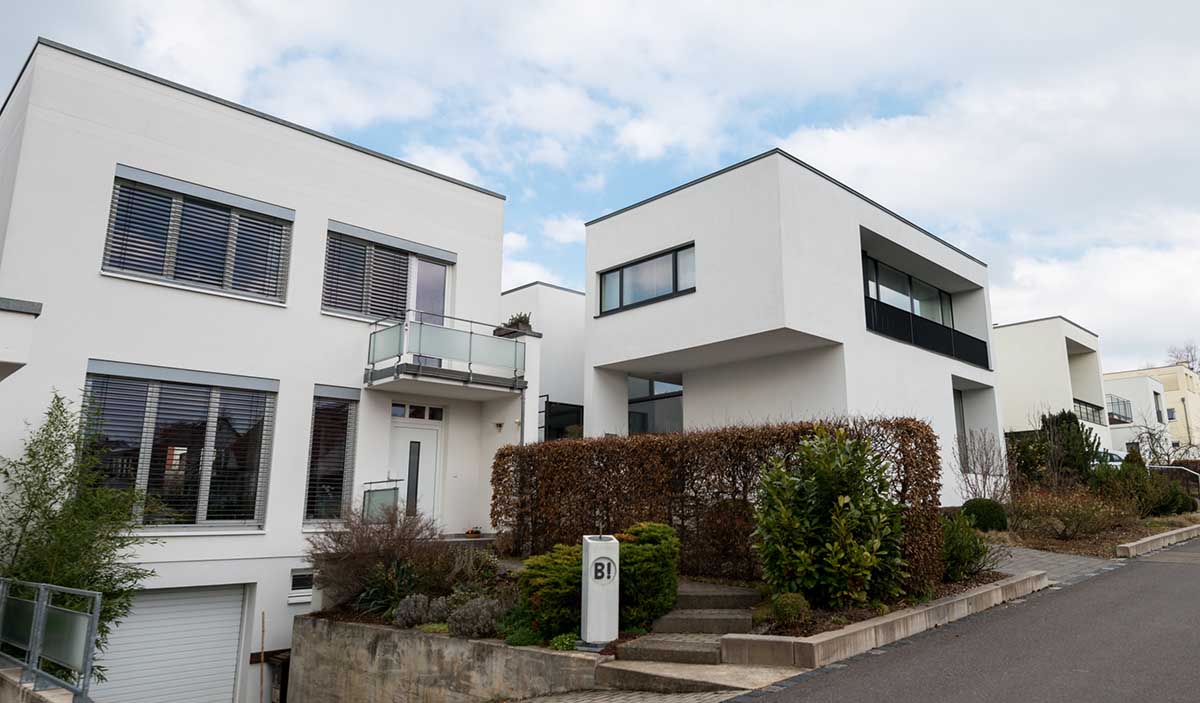
-
Neue Weimarhalle
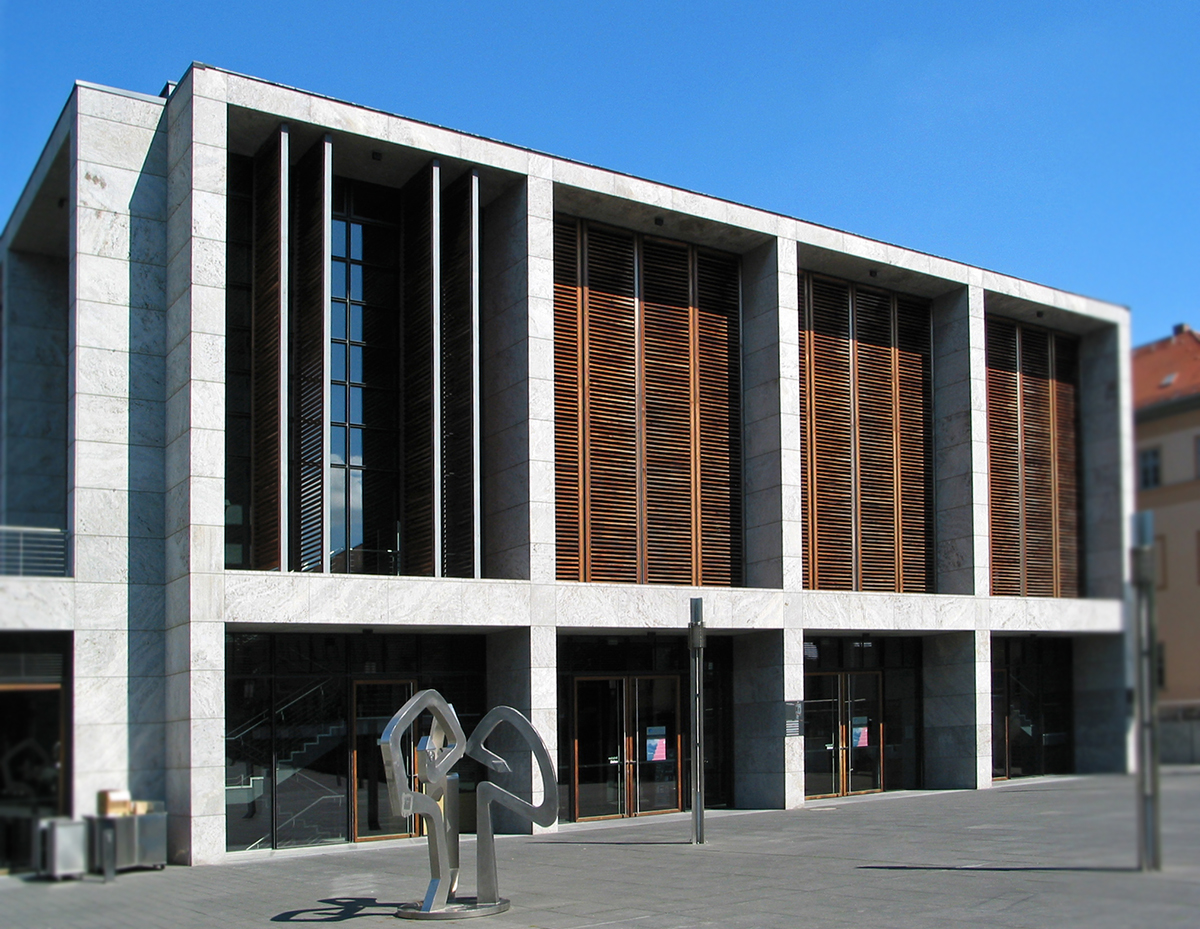
-
Neues Museum
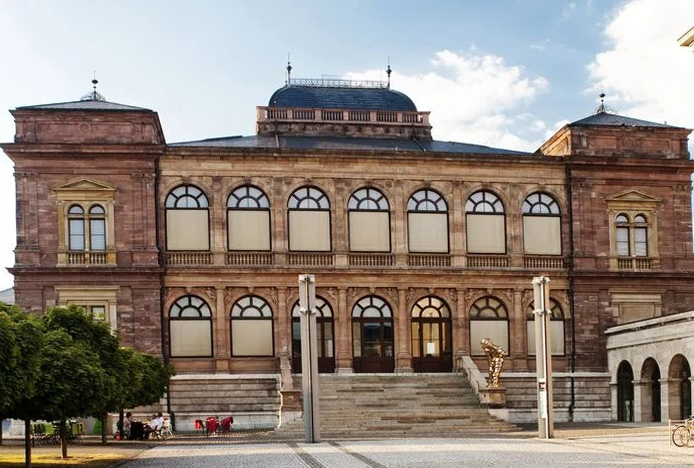
-
Parkhöhle

-
Platz der Demokratie (Fürstenplatz)
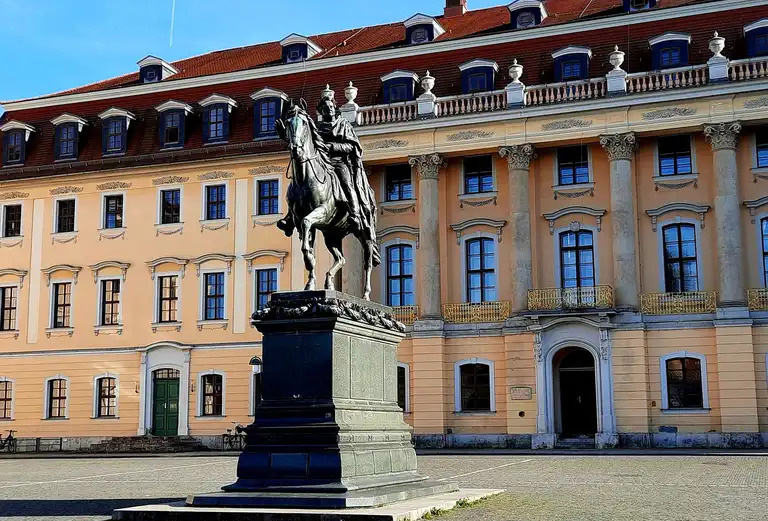
-
Platz der Demokratie, Anna Amalia Bibliothek
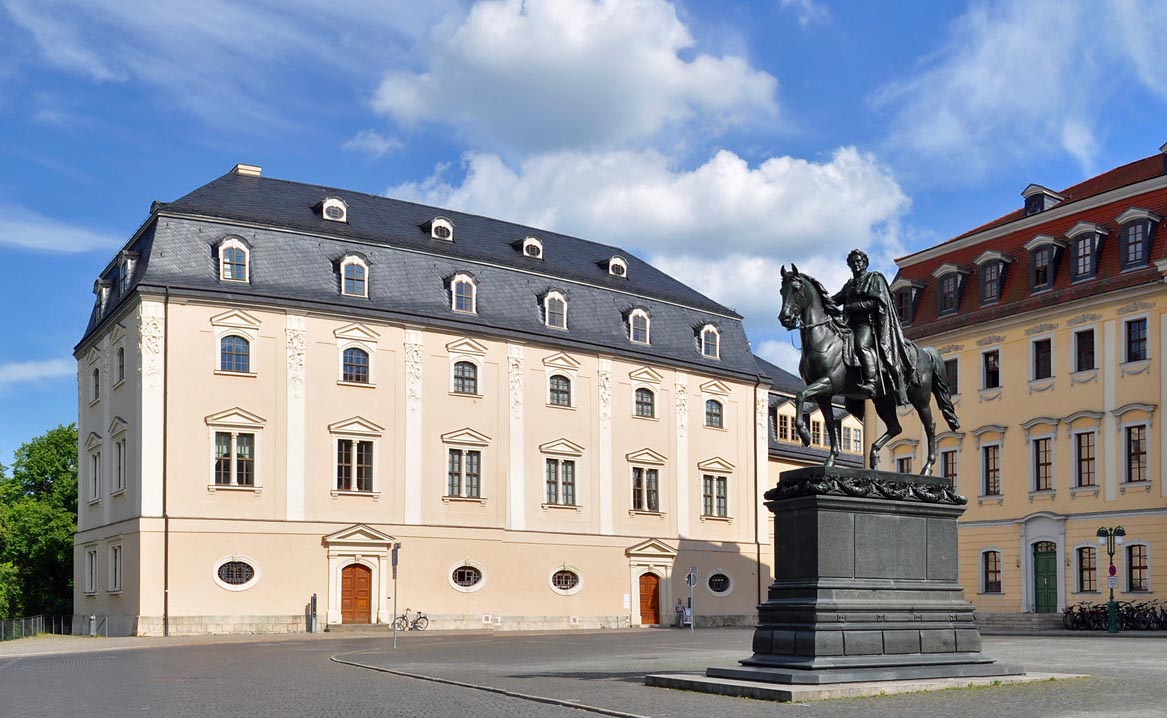
-
Rathaus
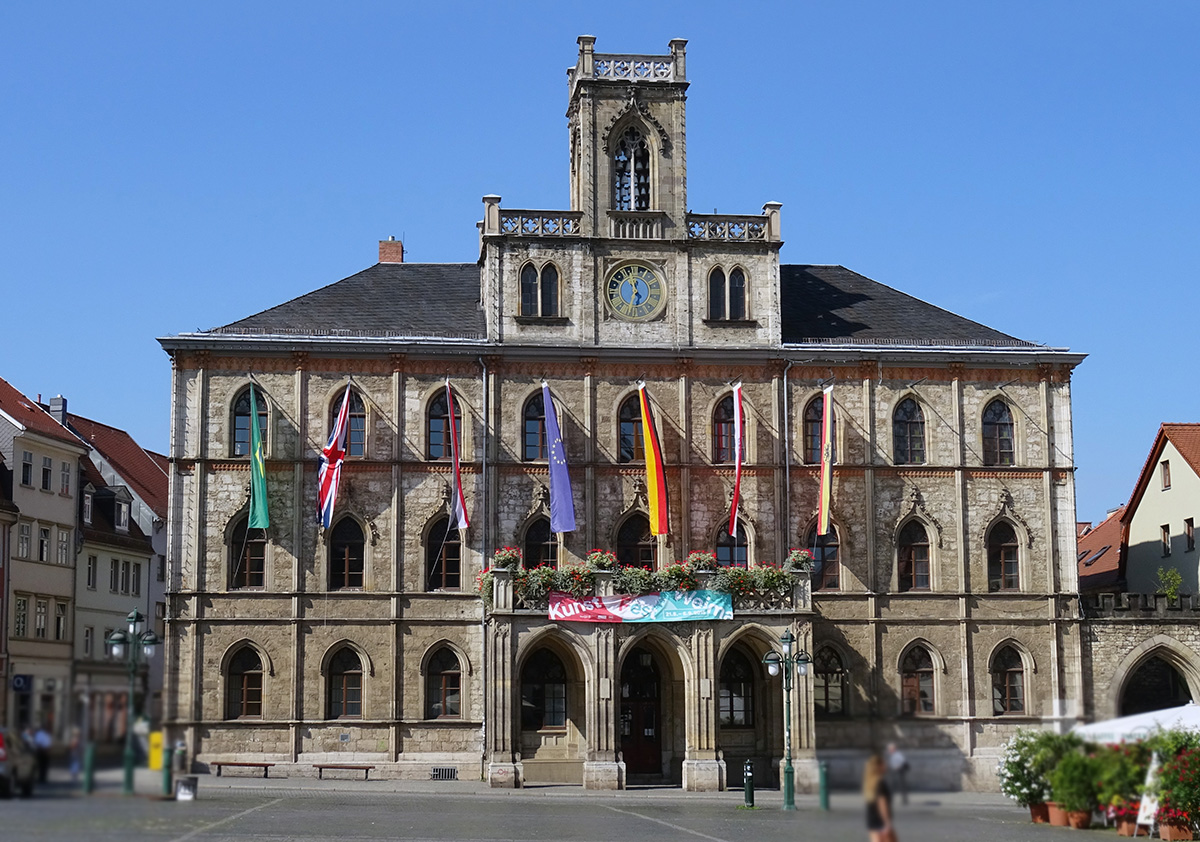
-
Reiterstandbild Carl August
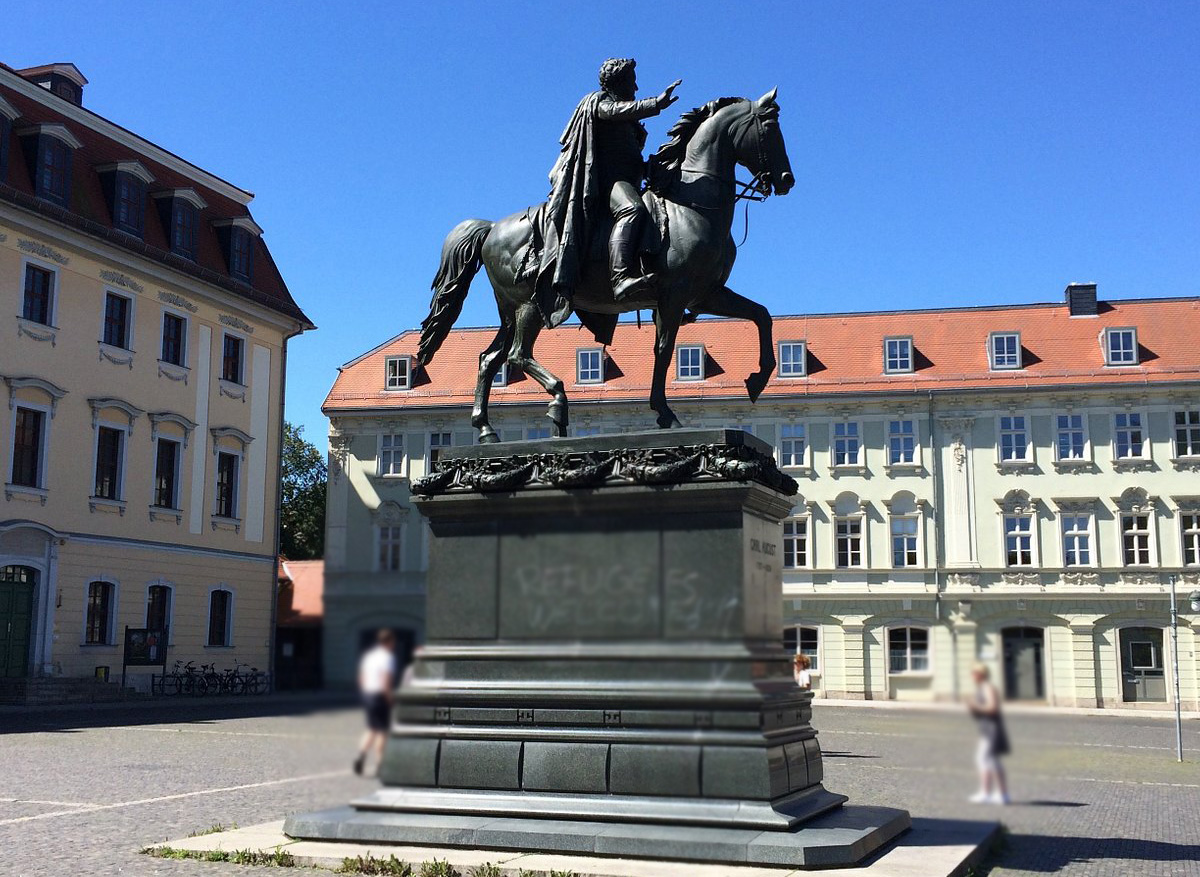
-
Römisches Haus (Carl August)

-
Schloss Belvedere
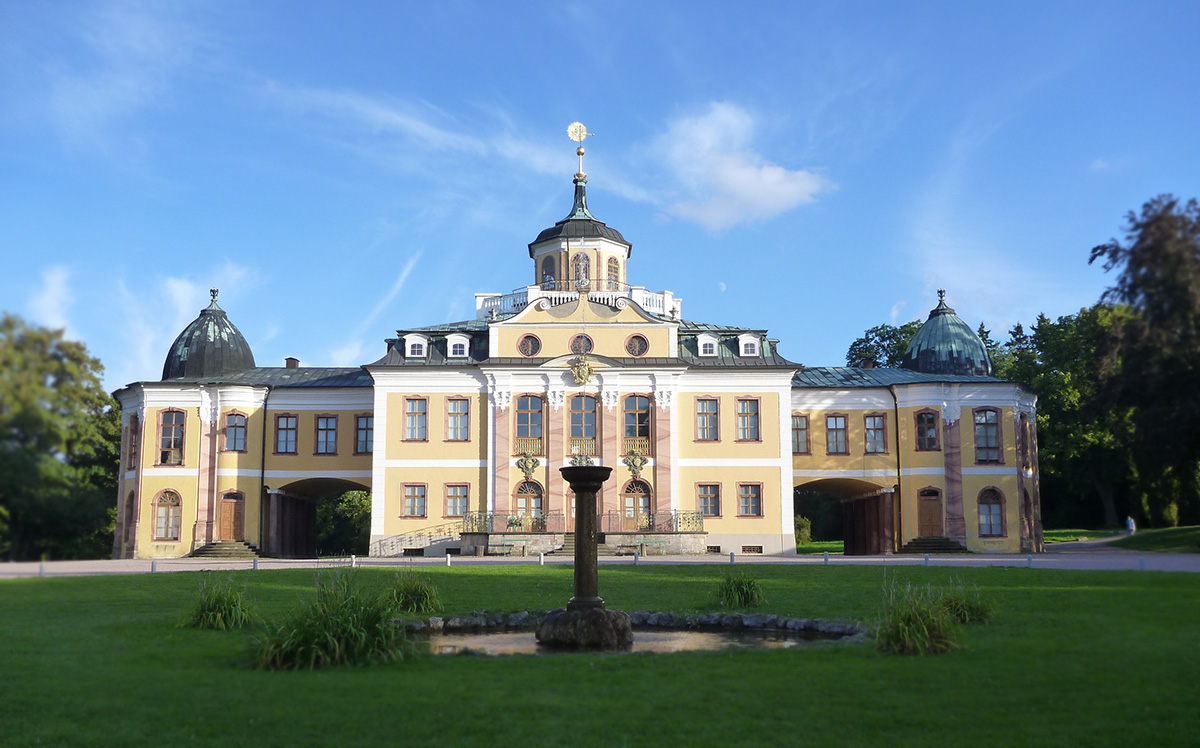
-
Stadtmuseum
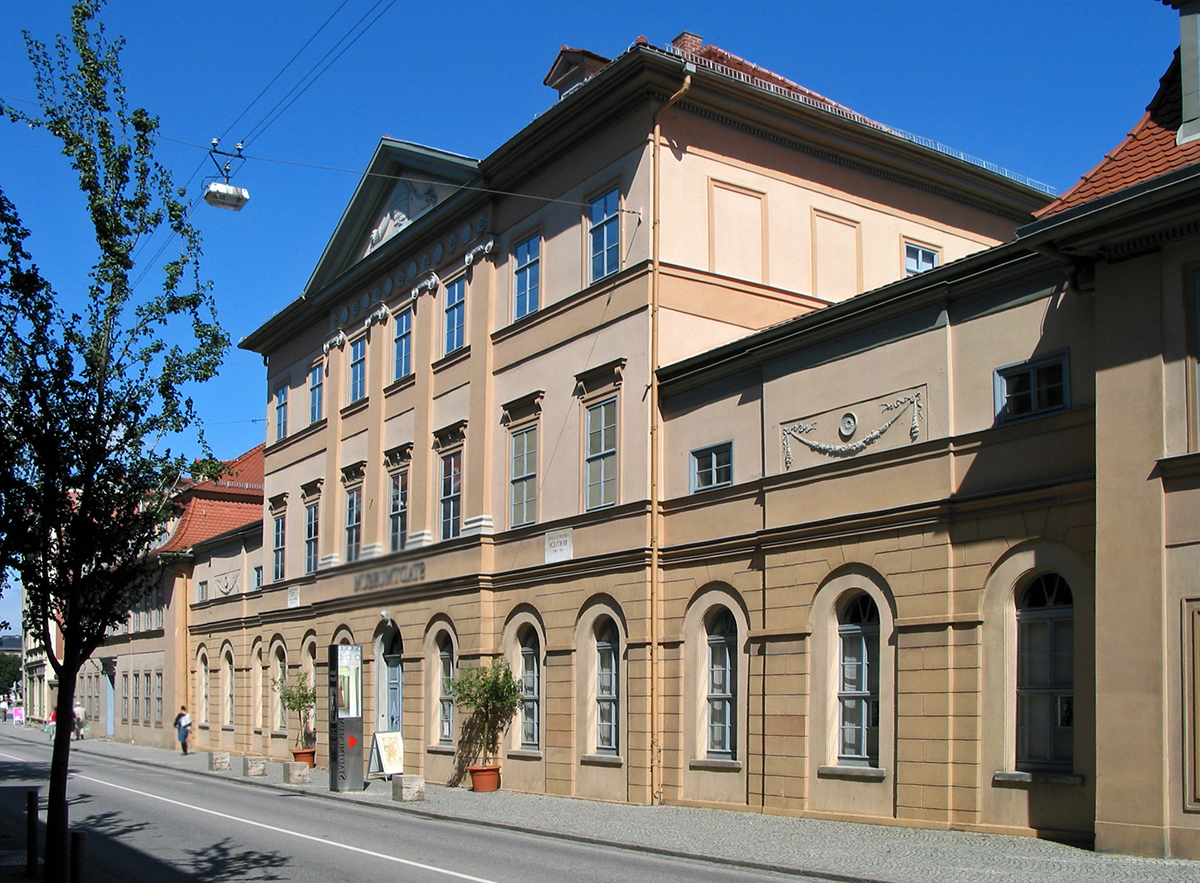
-
Stadtschloss
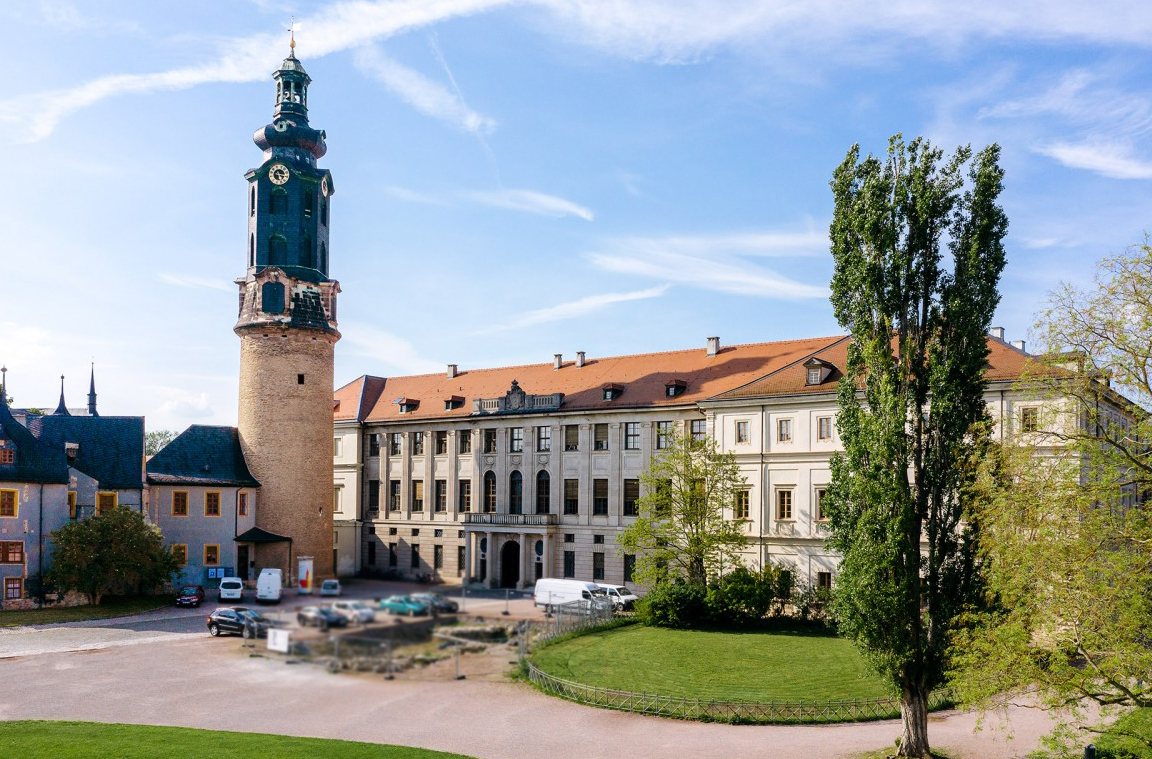
-
Standort Neues Bauhausmuseum
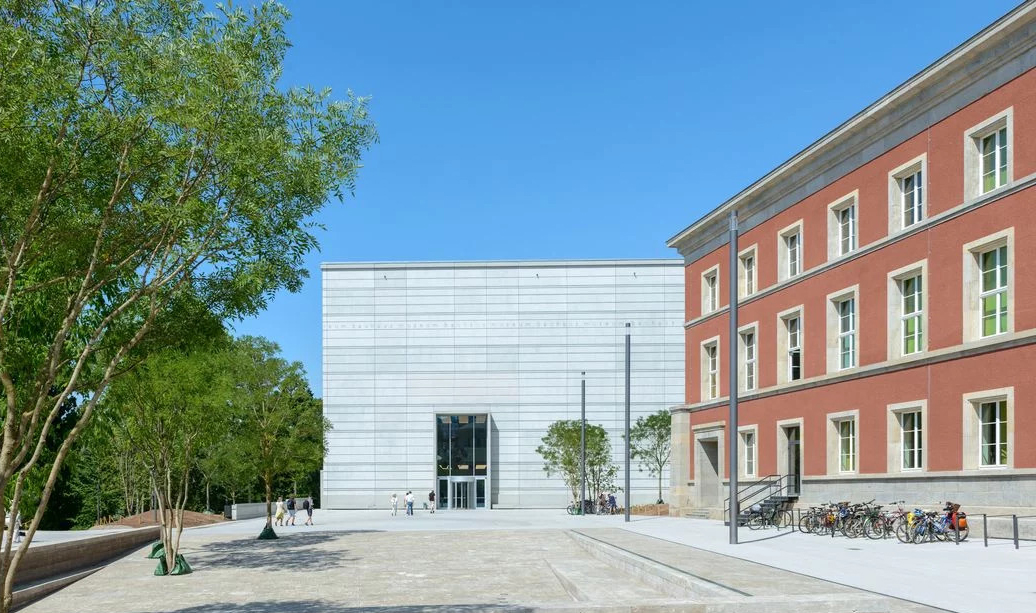
-
Villa Altenburg
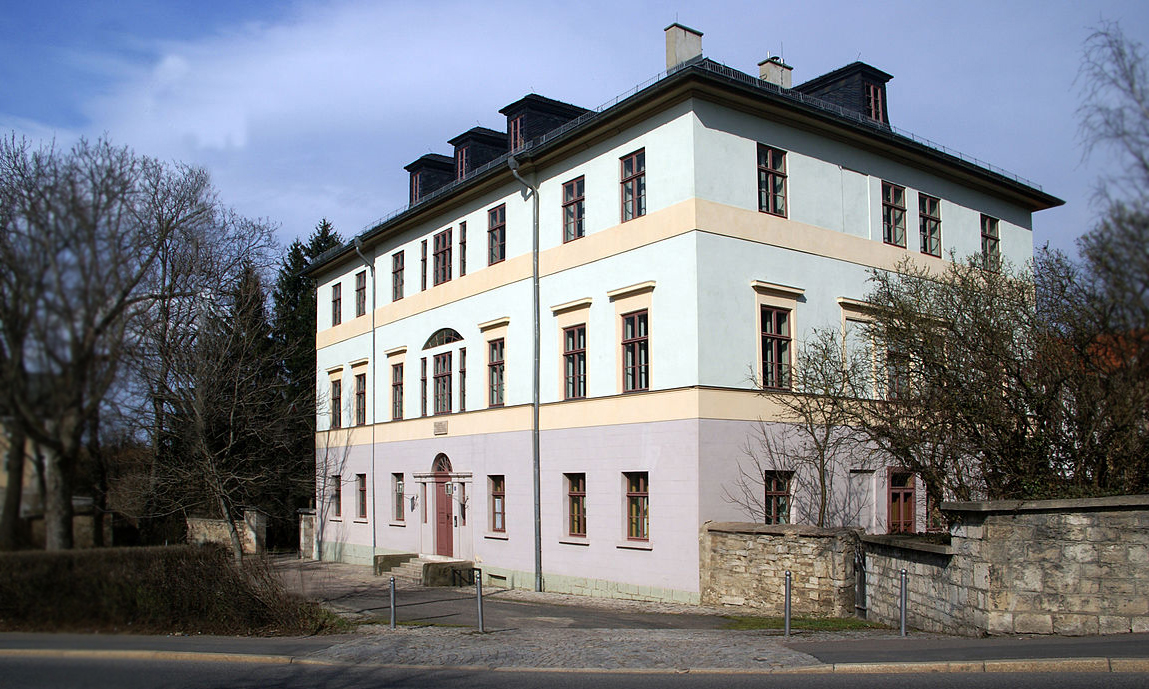
-
Welscher Garten
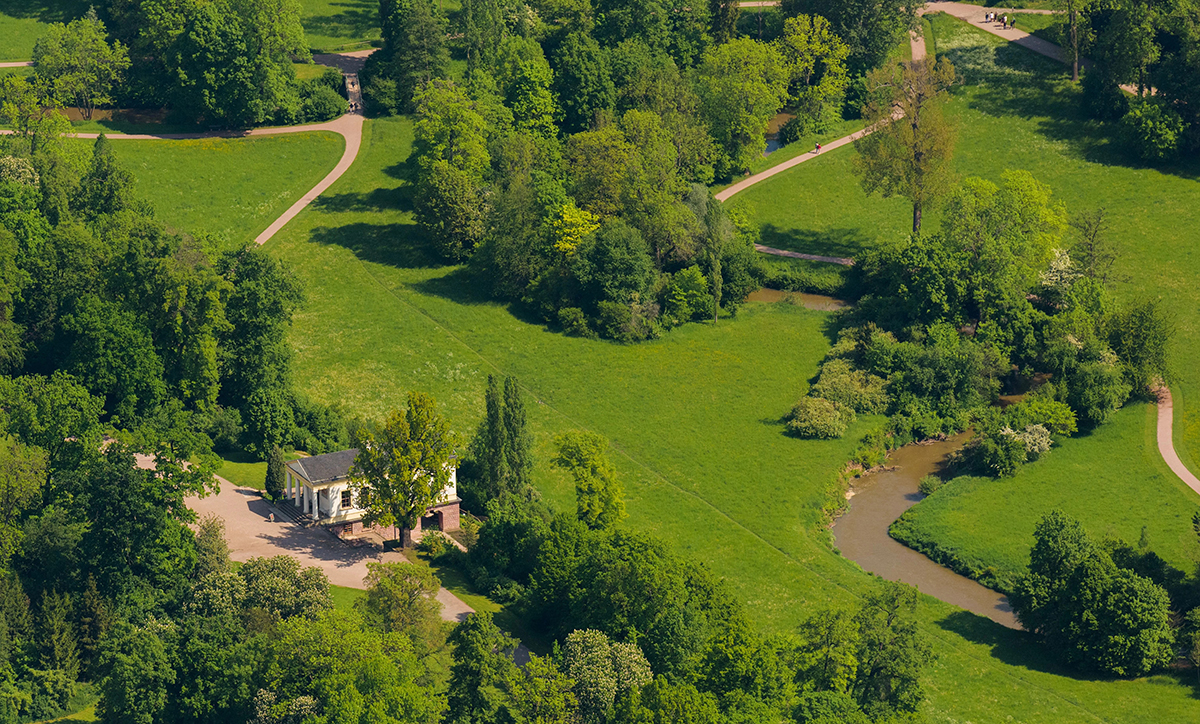
-
Wielanddenkmal
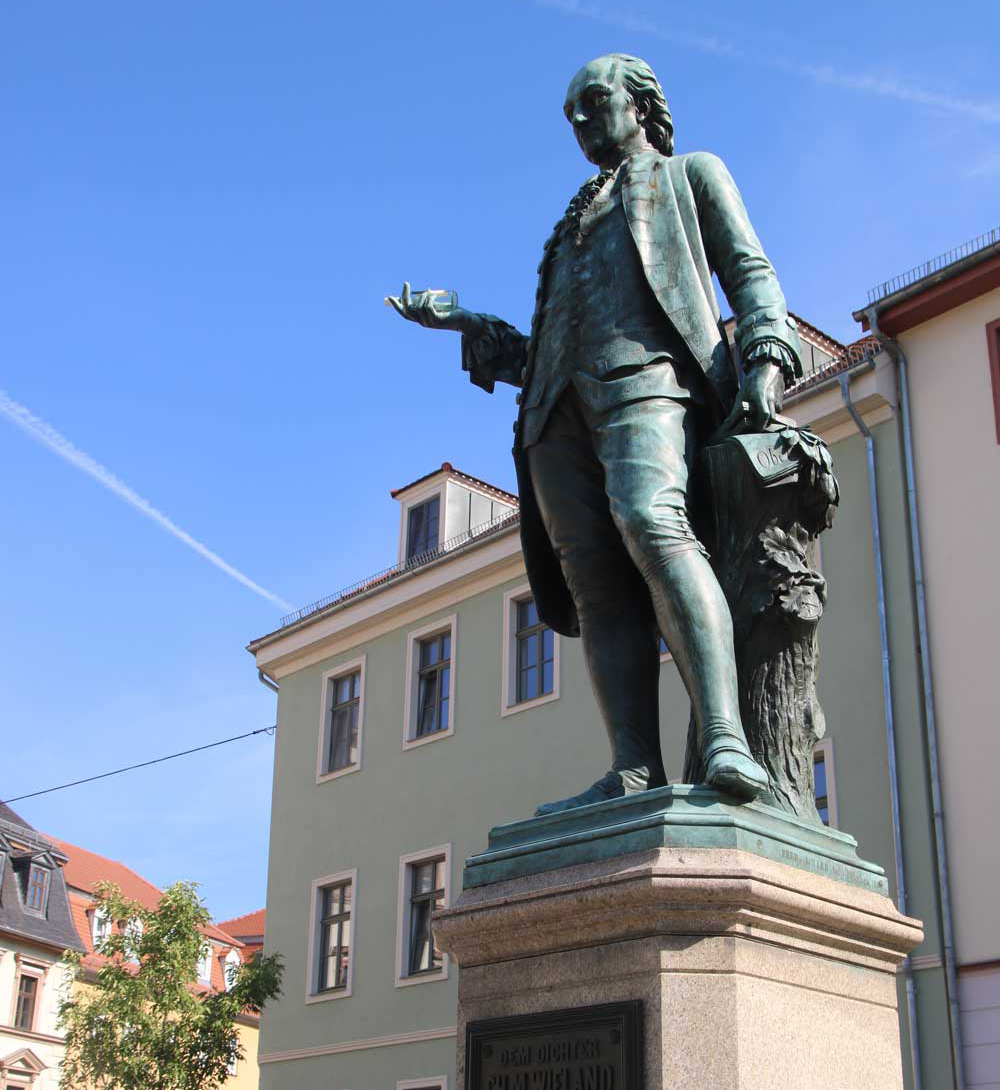
-
Wittumspalais

